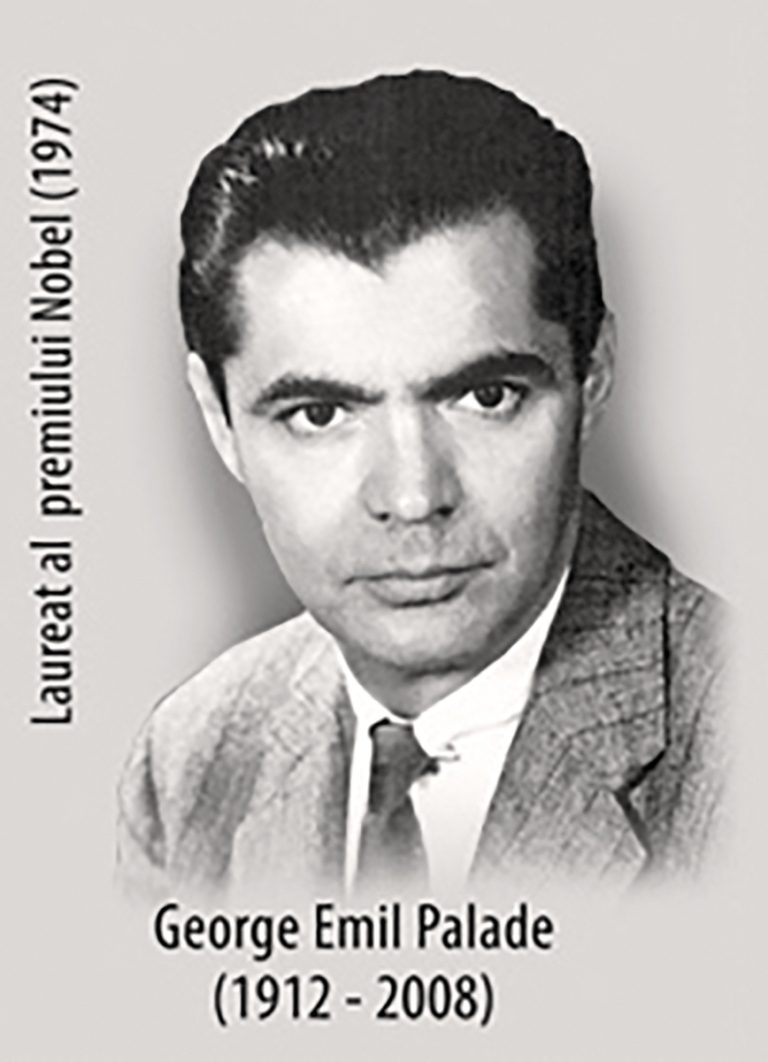Date of Birth: November 19, 1912
Zodiac Sign: Scorpio
Date of Death: October 7, 2008
Biography
George Emil Palade was a pioneering cell biologist whose groundbreaking work earned him the Nobel Prize in Physiology or Medicine in 1974, shared with Albert Claude and Christian de Duve. Born in Romania, Palade’s scientific journey began in earnest after he completed his medical degree at the University of Bucharest in 1940. Moving to the United States in 1946, he joined the Rockefeller Institute for Medical Research in New York City. There, he performed seminal studies that led to the discovery of ribosomes and their role in protein synthesis, utilizing electron microscopy to make the invisible world of cellular structures visible. Palade’s work laid the foundation for modern cell biology, and he became a naturalized U.S. citizen in 1952. Over his illustrious career, he held prestigious positions at Yale University and the University of California, San Diego. His contributions to science earned him numerous awards and honors, including the National Medal of Science in 1986. Palade passed away in 2008, leaving behind an indelible legacy in the field of cell biology.
5 Interesting Facts about George Emil Palade
1. George Emil Palade was the first to describe the ribosome, an essential component of the cell responsible for protein synthesis.
2. He received the Nobel Prize in Physiology or Medicine in 1974 for his discoveries concerning the structural and functional organization of the cell.
3. Palade was a naturalized U.S. citizen as of 1952.
4. He was awarded the National Medal of Science in 1986 for his contributions to the field of cell biology.
5. Palade’s work with electron microscopy was pivotal in advancing our understanding of cellular structures.
5 Most Interesting Quotes from George Emil Palade
1. “The problem of biology is to counteract the tendency to become increasingly specialized.”
2. “It is characteristic of the progress of science that the previous generation’s discovery becomes the next generation’s tool.”
3. “The cell is a complex, multi-faceted entity; we must employ a multi-faceted approach to understand it.”
4. “In science, the road to progress is paved with the bricks of curiosity and the mortar of hard work.”
5. “The beauty of science lies in its ability to reveal the underlying simplicity of complex phenomena.”
Highest Net Worth Achieved
George Emil Palade’s net worth is not publicly documented, as he was primarily known for his academic contributions rather than personal wealth.
Children
George Emil Palade had two children with his first wife, Irina Malaxa: daughter Georgia and son Philip. He later married Marilyn Farquhar, a prominent cell biologist, but they did not have children together.
Relevant Links
1. [Nobel Prize Biography](https://www.nobelprize.org/prizes/medicine/1974/palade/biographical/
5. [American Society for Cell Biology Profile](https://www.ascb.org/profile/george-e-palade/


